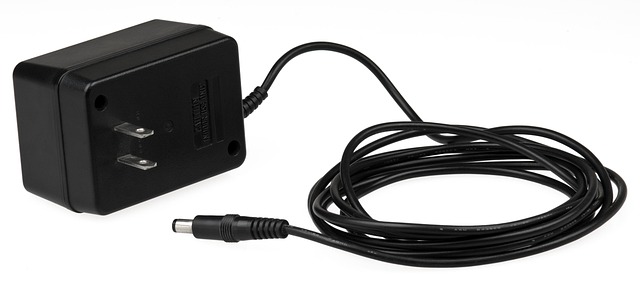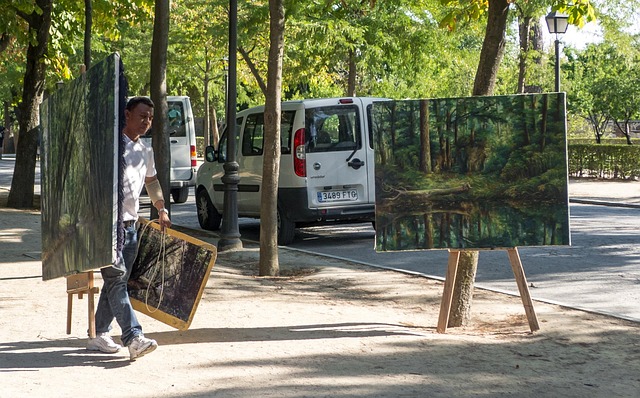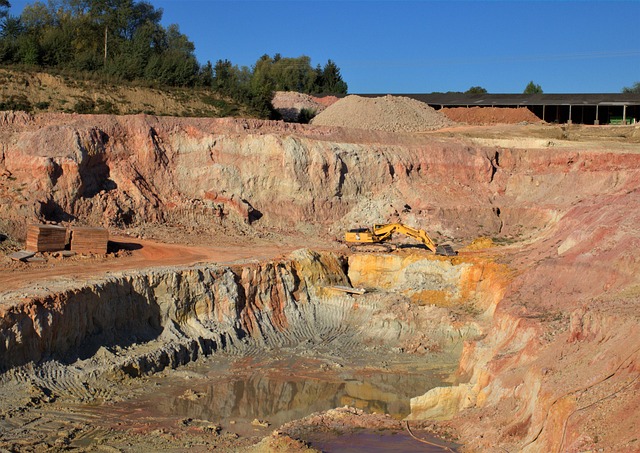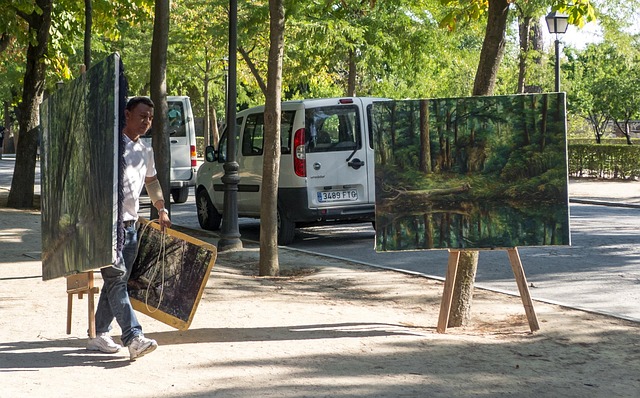Cryotherapy is a non-invasive wart removal method using liquid nitrogen to freeze and destroy skin cells, offering speed, comfort, minimal downtime, and reduced scarring risk. Consult professionals like Blackpool or Gloucester Wart Clinics for suitability based on severity and size. Consider surgery for persistent warts, providing direct removal but with potential scarring. Choose a cryotherapy service in Coventry or Doncaster for quick, relatively painless relief; or opt for surgery in Guildford or Blackburn for faster resolution despite scars.
Warts can be a persistent and unsightly concern, but there are effective treatment options available. This article explores two prominent methods for wart removal: cryotherapy and surgery. Understanding the unique benefits and potential risks of each approach is crucial when choosing the right path towards clear skin. Discover how cryotherapy offers a non-invasive, quick procedure with minimal downtime, while surgery provides more aggressive yet permanent solutions. Make an informed decision on the best cryotherapy wart removal service for your needs.
- Understanding Cryotherapy for Wart Removal
- Exploring Surgical Options for Warts
- Comparative Benefits of Cryotherapy
- Potential Risks and Side Effects of Each Method
- Choosing Between Cryotherapy and Surgery
Understanding Cryotherapy for Wart Removal

Cryotherapy offers a non-invasive and relatively pain-free method for removing warts. This process involves freezing the affected skin using liquid nitrogen, which disrupts the wart’s cellular structure, ultimately leading to its demise. It’s an effective treatment that many seek as an alternative to surgery, especially for those wary of incisions. The procedure is usually quick, taking just a few minutes to complete, and can be performed on various types of warts, including common skin warts and verrucae.
For those considering cryotherapy as a wart removal service, it’s essential to consult with a qualified professional, such as those found at reputable clinics like Blackpool Wart Clinic or Gloucester Wart Clinic. They can assess the severity and size of the wart, determine if cryotherapy is suitable, and guide patients on what to expect during and after treatment, ensuring a successful outcome without complications, especially when compared to more aggressive methods like laser wart removal.
Exploring Surgical Options for Warts

When considering wart removal options, it’s essential to explore both non-invasive methods like cryotherapy and surgical interventions. While cryotherapy wart removal services have gained popularity for their quickness and relative comfort, surgery offers a more direct approach. Surgical procedures involve removing the wart through excision or burning, targeting the affected skin area with precision. This method is particularly suitable for persistent warts that haven’t responded to other treatments.
For those seeking a wart removal London or considering a rotherham wart clinic, understanding surgical options is vital. A qualified healthcare professional can assess the severity and location of the wart, recommending surgery if necessary. Effective wart removal goes beyond the initial procedure; how to prevent reoccurrence is a key consideration. Post-surgical care instructions, including keeping the treated area clean and protected, play a significant role in minimizing the risk of warts returning.
Comparative Benefits of Cryotherapy

Cryotherapy offers a non-invasive and relatively painless method for removing warts, making it an attractive alternative to surgery. This procedure uses liquid nitrogen to freeze and destroy targeted skin cells, including those affected by warts. One of its key benefits is the minimal downtime and recovery period compared to surgical methods. Patients can typically resume their normal activities shortly after treatment, without the need for extensive care or incisions that may heal slowly.
Additionally, cryotherapy is suitable for various types of warts, including common skin tags, which can be a nuisance in private areas like Sheffield, Wolverhampton, or the West Midlands. Unlike surgery, it provides a precise and controlled approach to wart removal, reducing the risk of scarring. This method is particularly appealing to those seeking a discreet and effective solution for skin concerns, offering a quick cryotherapy wart removal service without the potential complications associated with more aggressive treatments.
Potential Risks and Side Effects of Each Method

When considering cryotherapy vs surgery for wart removal, it’s crucial to be aware of the potential risks and side effects associated with each method. Cryotherapy, which involves freezing warts off using liquid nitrogen, is generally considered a safe procedure. However, common side effects include temporary redness, swelling, and pain at the treatment site. In rare cases, cryo therapy for facial warts might lead to skin discoloration or tissue damage if not administered correctly. On the other hand, surgical removal involves physically excising the wart, which can result in scarring, although this is minimal with a skilled practitioner. There’s also a slight risk of infection and bleeding during surgery.
When exploring a cryotherapy wart removal service like those offered at Guildford wart clinic or looking into alternatives for skin tag prevention tips, understanding these potential drawbacks is essential. For instance, folks living in Blackburn might prefer to weigh the pros and cons before deciding between these methods. Remember that while both approaches aim to eliminate warts, each comes with its own set of considerations, and consulting a healthcare professional can help determine the most suitable option based on individual needs.
Choosing Between Cryotherapy and Surgery

When considering a cryotherapy wart removal service versus surgery, it’s important to weigh the pros and cons of each method. Cryotherapy, also known as cryosurgery, involves freezing the wart with liquid nitrogen, which can be effective for many types of warts. This non-invasive procedure is often preferred due to its minimal downtime and low risk of scarring. On the other hand, surgery typically involves cutting out the wart and may leave a scar, although it’s generally considered more effective for large or persistent warts.
Choosing between these two alternatives depends on several factors, including the size and type of wart, patient tolerance for pain, and desired recovery time. For those seeking a quick, relatively painless option with minimal downtime, cryotherapy wart removal services like those offered in Coventry or Doncaster might be ideal. However, if a faster resolution is needed or the wart is particularly stubborn, surgery may be the better choice despite the potential for scarring.
When deciding between cryotherapy and surgery for wart removal, each method has its unique advantages. Cryotherapy offers a non-invasive, pain-free option with minimal downtime, making it an attractive choice for many. On the other hand, surgery provides a quicker resolution, especially for more persistent warts. Considering factors like cost, recovery time, and personal comfort will help guide your decision. For those seeking a quick and relatively painless cryotherapy wart removal service, this approach could be ideal. However, surgery might be preferable if swift results are essential. Ultimately, consulting a healthcare professional will ensure the best course of action based on individual needs.
